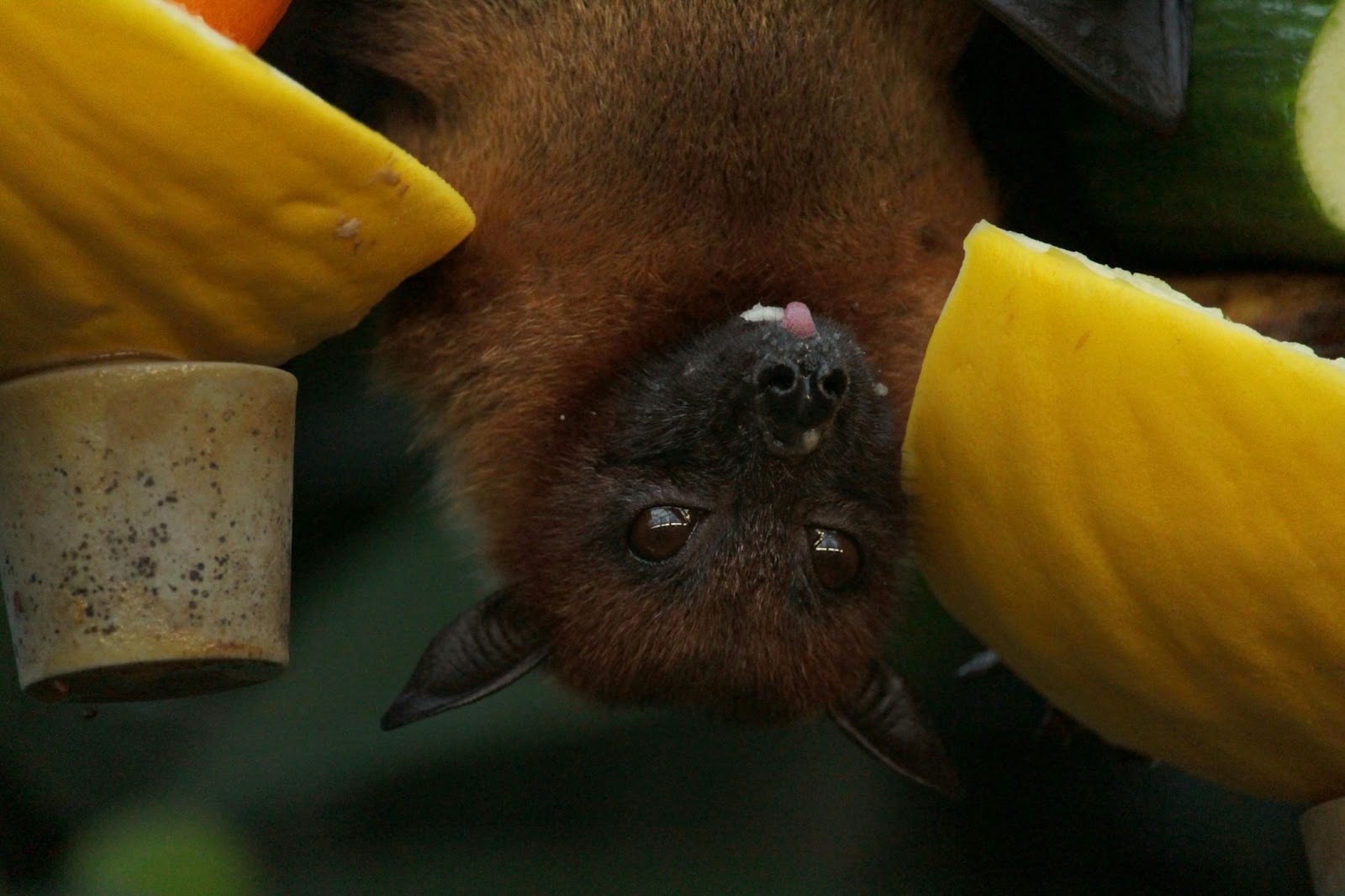 Fascinating World of Bat Hibernation: Insights Into Their Winter Behaviors
Fascinating World of Bat Hibernation: Insights Into Their Winter Behaviors
When do Bats Hibernate
Bats hibernate during the colder months as a survival strategy to conserve energy and endure harsh winter conditions without access to abundant food sources. Understanding why bats hibernate is crucial for comprehending their unique biology and ecological significance.
When do Bats Hibernate? Bats enter hibernation primarily to survive periods of food scarcity. By lowering their metabolic rate and body temperature, bats can conserve energy when their usual prey, such as insects, is scarce during the winter months. This physiological adaptation allows bats to endure extended periods without food, enabling them to survive until warmer weather brings back their food sources.
Bats select hibernation sites that provide suitable conditions for their torpid state. These sites are often caves, mines, or tunnels that offer stable temperatures, high humidity levels, and protection from predators. The choice of hibernation location is crucial for bats’ survival as it ensures optimal conditions for conserving energy and maintaining a state of dormancy throughout the winter months.
 Key Factors Influencing Hibernation in Bats
Key Factors Influencing Hibernation in Bats
Bats’ hibernation patterns are significantly influenced by temperature variations. They enter hibernation as a response to decreasing temperatures in the fall. During hibernation, bats lower their body temperature to match that of their surroundings, conserving energy to survive the winter months. Stable temperatures within hibernacula, such as caves or mines, are crucial for bats to maintain their torpid state. Any significant temperature fluctuations can disrupt their hibernation cycle, endangering their survival.
When do Bats Hibernate? Food scarcity plays a vital role in triggering bat hibernation. As insect-eating mammals, bats rely on a steady food supply, especially insects, to sustain their energy levels. When insect populations decline in colder months, bats enter hibernation to reduce their metabolic rate and conserve energy until food becomes more abundant. Hibernation allows bats to survive on stored fat reserves until they can forage again in the spring when insect activity increases. This adaptation ensures their survival during periods of food scarcity.
 The Physiological Changes During Hibernation
The Physiological Changes During Hibernation
Their metabolic rates can drop dramatically, sometimes reaching as low as 2% of their active levels. This reduction in metabolic activity allows bats to conserve energy during extended periods of inactivity. By lowering their metabolic rates, bats can survive on limited fat reserves throughout the winter months.
Fat reserves play a crucial role in the hibernation process of bats. Before entering hibernation, bats accumulate fat reserves to sustain them through the winter when food sources are scarce. These fat stores serve as their primary source of energy during hibernation, enabling them to survive without regular feeding. Bats carefully manage their fat reserves to ensure they have enough energy to last until they emerge from hibernation in the spring.
When do Bats Hibernate? Bats exhibit diverse hibernation timing based on their geographical location. In colder regions, such as northern parts, bats enter hibernation earlier in the year, typically around late autumn. Warmer regions may see bats starting hibernation later, sometimes not until mid-winter. This variation in timing is crucial for bats to synchronize their hibernation cycles with local environmental conditions, ensuring optimal energy conservation during the winter months.
Climate change has a significant impact on the timing of bat hibernation. As temperatures fluctuate and winters become milder in many regions, bats may alter their hibernation schedules. With warmer periods extending into what was traditionally colder months, bats might delay entering hibernation or emerge earlier than usual. These shifts in hibernation timing can disrupt the natural rhythms of bats, potentially affecting their energy conservation strategies and overall survival in changing environmental conditions.
Bats’ hibernation is a critical survival strategy, essential for their energy conservation and adaptation during winter. Understanding the timing, duration, and metabolic changes bats undergo sheds light on their resilience. Conservation efforts are imperative to combat threats like White-Nose Syndrome, human disturbance, and climate change impacts. Protecting roosts, managing diseases, and preserving habitats are vital for safeguarding bat populations. Implementing effective conservation measures is key to ensuring the long-term survival of bats amidst evolving environmental challenges.